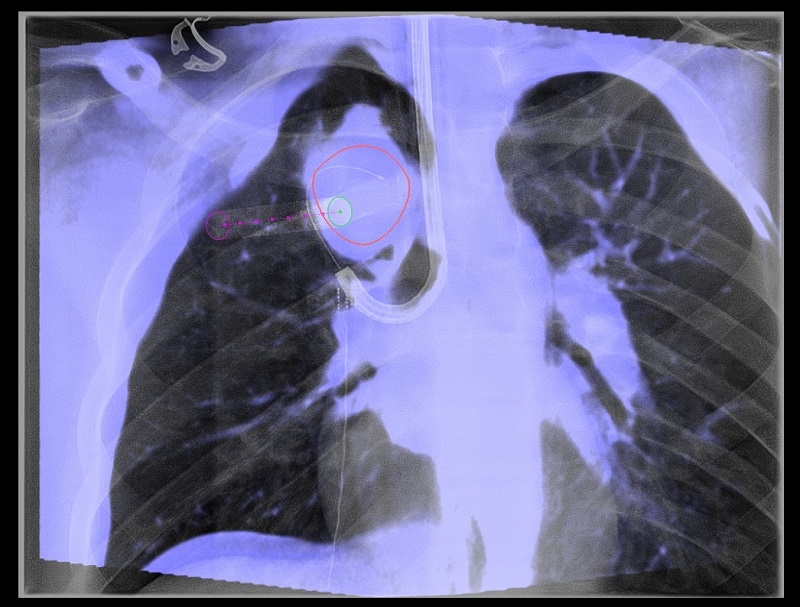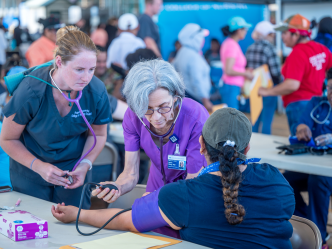It is the deadliest form of cancer in America in both men and women. But the new hybrid operating room at Augusta University Medical Center is offering certain lung cancer patients a better opportunity at having their tumors removed before they can grow and possibly spread to other parts of the body.
“The technology available to doctors in the hybrid OR allows us to treat and remove smaller tumors,” said Dr. Carsten Schroeder, thoracic oncologic surgeon at the Georgia Cancer Center. “Before, we would have to wait for the tumor to grow larger or increase in density.”
According to the National Cancer Institute, an estimated 222,500 people will be diagnosed with lung cancer in 2017. NCI researchers believe 155,870 people will die from their disease yearly. It would be like watching the entire city of Augusta be wiped out by lung cancer every year. While chemotherapy, radiation and immunotherapy are options for patients with lung cancer, some need surgery to remove their tumor.
“Imagine trying to feel something soft inside the sponge. It can be tough to find,” Schroeder said. “But with the technology available in the hybrid OR, I can target, mark and completely remove the lesion.”
Augusta University Medical Center opened the hybrid OR in May 2017. Schroeder is one of a handful of thoracic surgeons in the country using cone beam computerized tomography (CT) scan option as part of a patient’s care plan for lung cancer diagnosis and treatment.
“Using the CT scanner to create a 3D image, I can map out the best pathway for getting to the tumor and removing it from the patient’s body; it is literally a virtual reality tool” Schroeder said.
It’s one-stop shopping where a patient can get a cone beam CT augmented navigational bronchoscopy biopsy, cone beam CT percutaneous lung biopsy, and cone beam CT marker placement to aid video-assisted thoracoscopic surgery (VATS) without having to be wheeled from one area of the hospital to another or having the procedures done on different days.
“I truly believe this kind of all-in-one treatment space is really the future of medicine,” Schroeder said. “While it may mean the patient spends more time in the operation theater, it also means they don’t have to keep coming back for one appointment after another.”
 Augusta University
Augusta University




